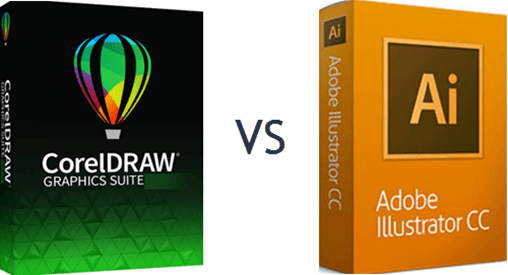


That’s thanks mostly to BioRender’s library of around 30,000 life-science icons, which includes anatomical drawings and depictions of everything from SARS-CoV-2 virus particles to fruit flies. But with BioRender, within minutes I can draw what I need.” Fully equipped Using Illustrator, she says, “it would take me days to create figures of tissues or cell types or vasculature. Akiko Iwasaki, an immunobiologist at Yale University in New Haven, Connecticut, echoes that sentiment. “I would have banged my head against the wall” trying to use Illustrator had it not been for BioRender, says Signe Elisabeth Åsberg, a sepsis researcher at the Norwegian University of Science and Technology in Trondheim, as she recalls the graphics she made for her thesis. But none of these was designed specifically for scientists, so they can be challenging to use. Researchers typically create those illustrations using PowerPoint or Illustrator, or analogues thereof. An increasing number of journals allow researchers to include graphical abstracts, for instance - illustrations intended to summarize the key conclusions of a paper. Unlike data figures that detail primary research findings, these graphics typically serve as illustrated explainers of proposed models, experimental methods or biochemical pathways. “If you want to communicate your findings, or in the case of a grant application if you just want to explain what you want to do, it’s really important to use graphics,” says Wilfried Rossoll, a cell biologist at Mayo Clinic in Jacksonville, Florida. In a field in which the communication channels that count - journal articles and grant applications - often have page limits, an illustration can be worth far more than a thousand words. Scientific success requires effective communication, whether with peer reviewers, funding agencies or colleagues. “We jumped on this very, very quickly, and we’ve been using really nothing else since then.” Show, not tell “Everybody was like, oh my God, this is awesome,” Sattler says. Developed in Toronto, Canada, by a start-up of the same name, and launched in 2017, it features an extensive library of scalable ‘icons’ from across the life sciences and medicine researchers can drop these onto a canvas and manipulate them as if they were circles or polygons.įor Sattler, a neuroscientist at the Barrow Neurological Institute in Phoenix, Arizona, that made it possible to quickly illustrate cell-differentiation pathways without having to draw each cell from scratch. BioRender, a web-based tool specifically designed for life-science and medical illustration, is like a feature-lite version of Illustrator. In 2019, a graduate student in Sattler’s laboratory suggested an alternative. “I’m not gonna give the adjective that I really want to say, but they were just really not nice,” Sattler says of the resulting images. But Illustrator is a professional-grade tool with a notoriously steep learning curve, and PowerPoint’s strength is slide shows, not graphic design. Microsoft’s tool for creating and displaying slideshow presentations is one of two popular options for creating scientific illustrations the other is Adobe Illustrator. So, when the time came to document what her team had done for a journal article, Sattler did what her colleagues frequently do: she fired up PowerPoint. But papers still need writing - and illustrating. It does not store any personal data.Like many researchers, Rita Sattler is trained to conduct science, not to draw it. The cookie is set by the GDPR Cookie Consent plugin and is used to store whether or not user has consented to the use of cookies. The cookie is used to store the user consent for the cookies in the category "Performance". This cookie is set by GDPR Cookie Consent plugin. The cookie is used to store the user consent for the cookies in the category "Other. The cookies is used to store the user consent for the cookies in the category "Necessary". The cookie is set by GDPR cookie consent to record the user consent for the cookies in the category "Functional". The cookie is used to store the user consent for the cookies in the category "Analytics".

These cookies ensure basic functionalities and security features of the website, anonymously. Necessary cookies are absolutely essential for the website to function properly.


 0 kommentar(er)
0 kommentar(er)
